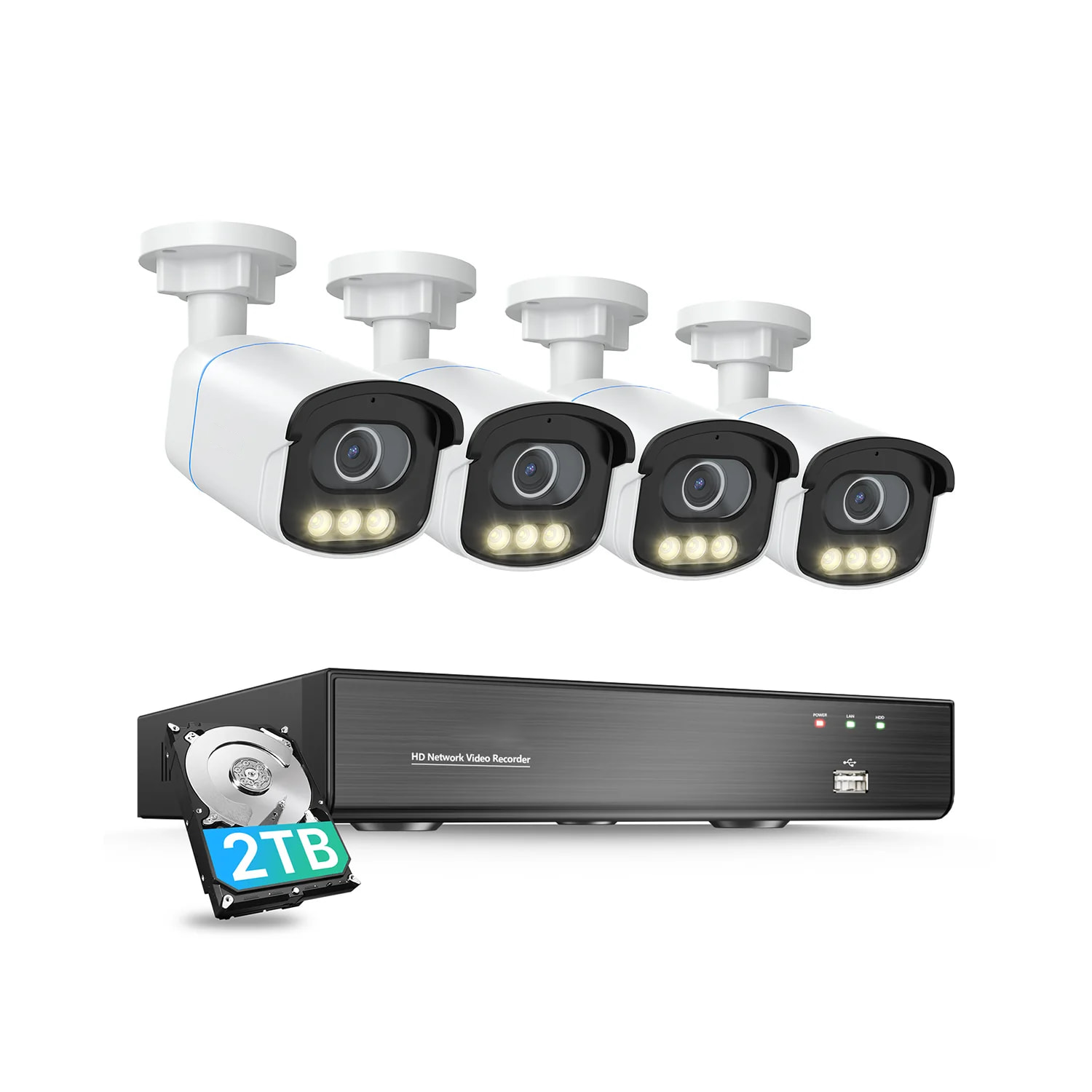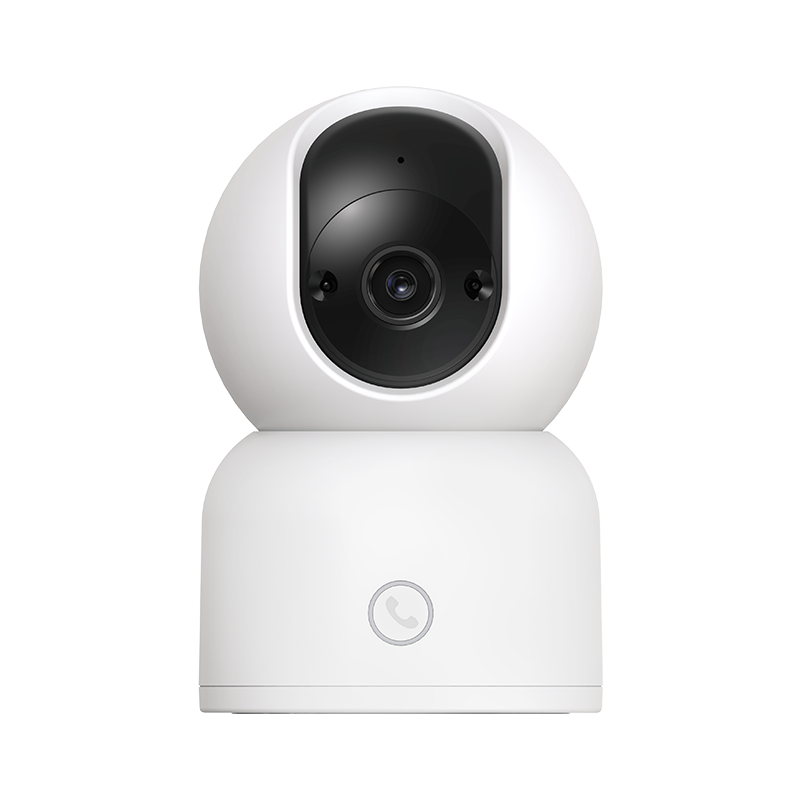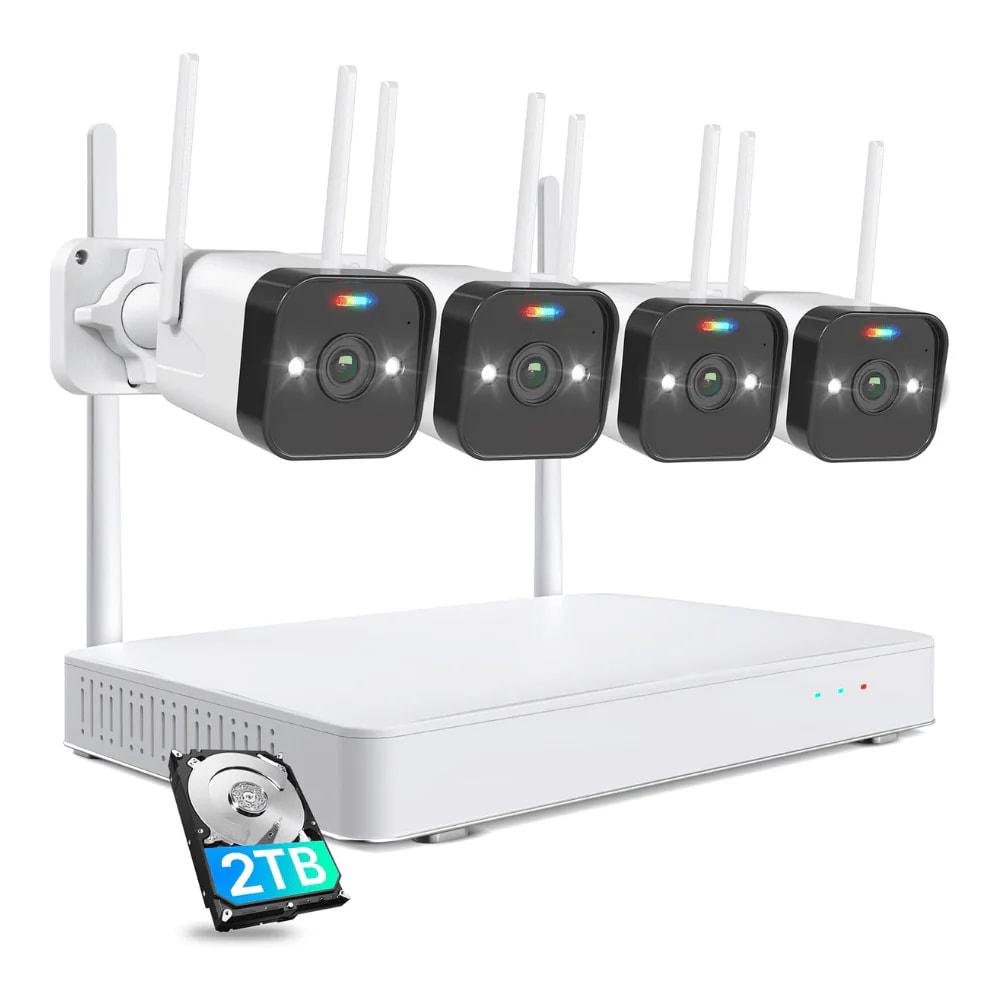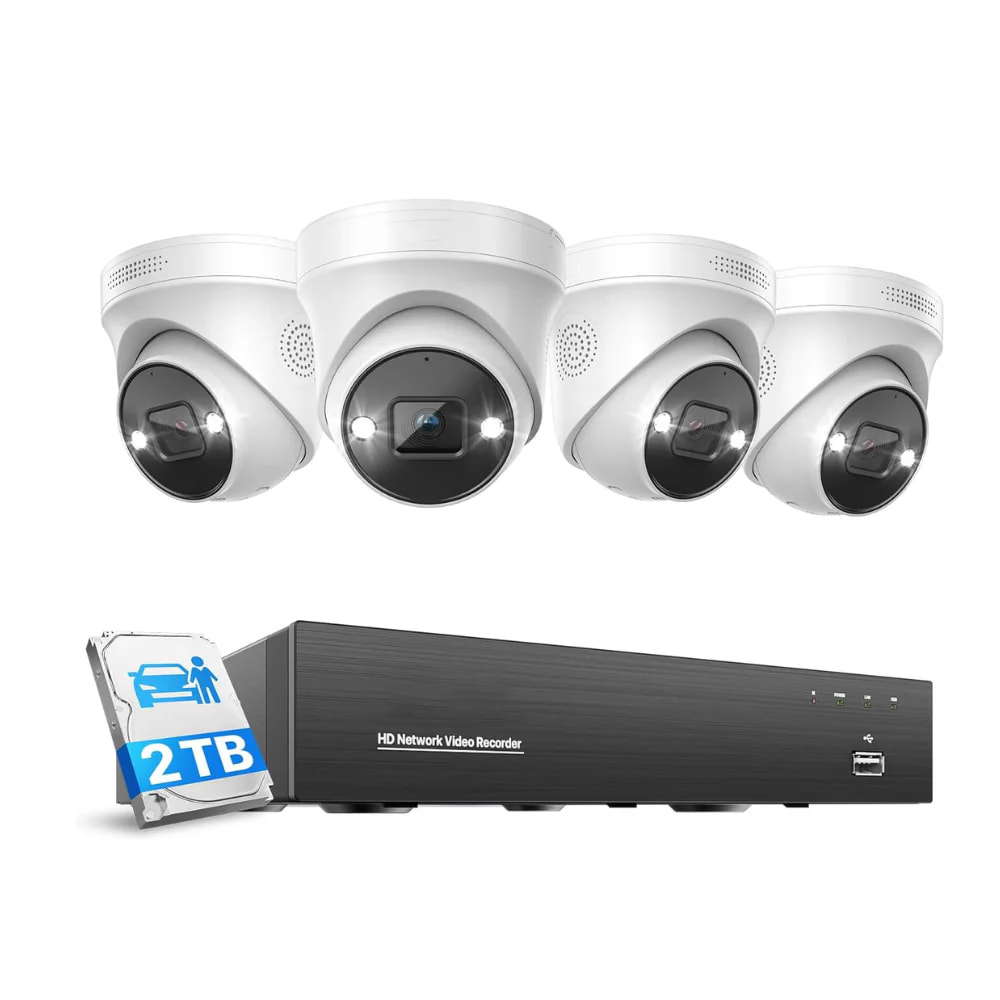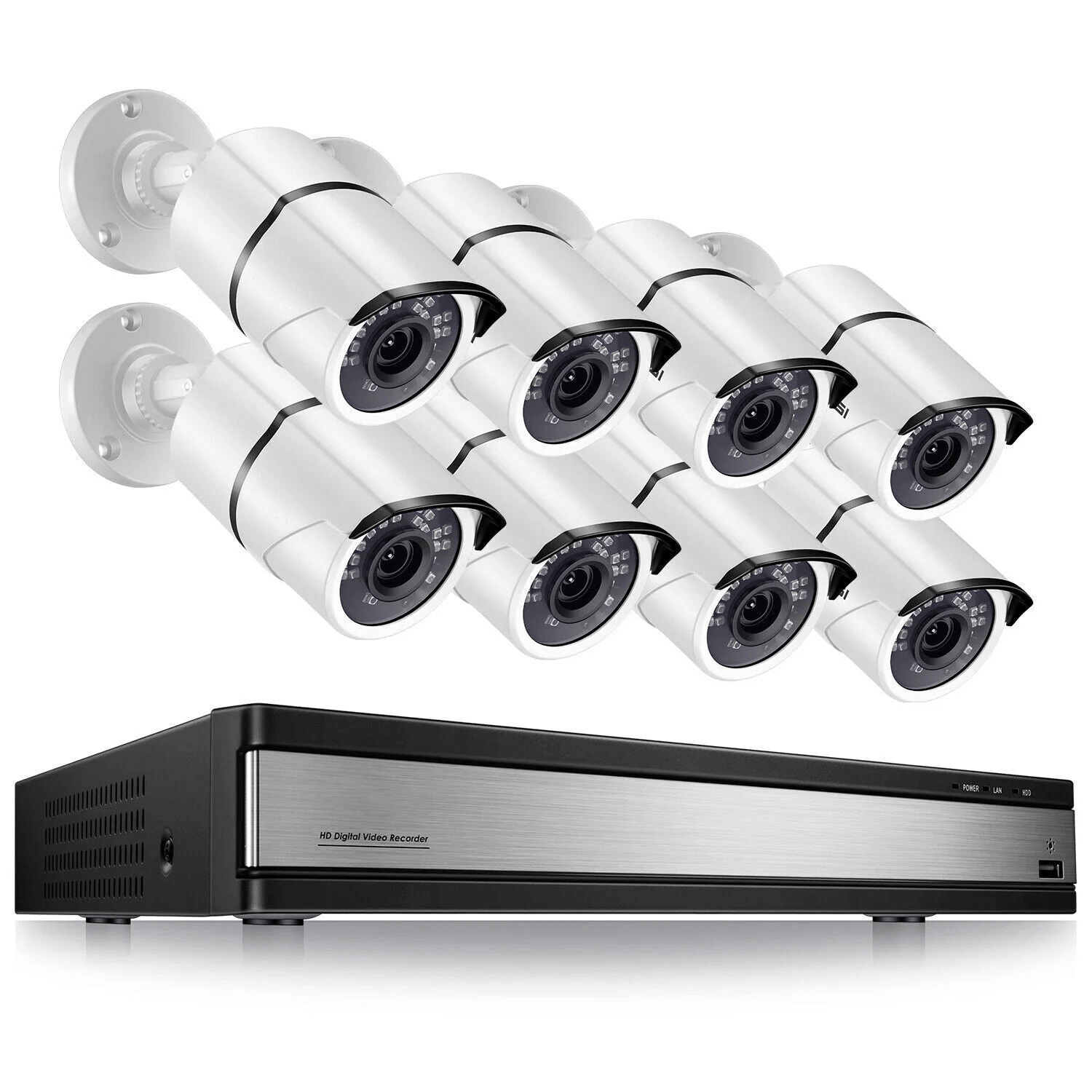Mike Xue
In the field of security surveillance, every technological innovation signifies safer and smarter protection. Today, we delve into two key technologies that are driving the industry towards a new trend: the F1.0 aperture and the 1/1.79” large sensor.
The F1.0 aperture represents the amount of light a lens can capture. The larger the aperture, the more light it lets in, resulting in exceptional performance in dim environments. In night time or low-light scenarios, the F1.0 aperture captures more details, rendering surveillance footage clearer and brighter. This is undoubtedly a huge boon for locations requiring round-the-clock monitoring.
Meanwhile, the 1/1.79” large sensor is one of the critical factors determining a camera’s imaging quality. A larger sensor can receive more light and has more pixel space to present image details. This means that, under the same conditions, cameras with a large sensor can capture higher-resolution, finer images.
When the F1.0 aperture and the 1/1.79” large sensor are combined, security cameras reach unprecedented heights in performance under nighttime and low-light conditions. Whether it’s public safety surveillance on city streets or security precautions in industrial facilities, more reliable and efficient protection can be achieved.
The fusion of these two technologies not only enhances the performance of security cameras but also drives the intelligent development of the entire security industry. With continuous technological advancements, security surveillance will become even smarter and more user-friendly, providing us with stronger protection for our lives and work.
A great example of the F1.0 aperture and 1/1.79” large sensor combination is the Ansjer Aurora camera C186A. Equipped with an advanced AI ISP (Image Signal Processor) with self-learning scene optimization capabilities, this cutting-edge camera offers crystal-clear true color night vision at 5MP, 4K video, advanced AI human and car detection, a weatherproof design, and two-way audio.










